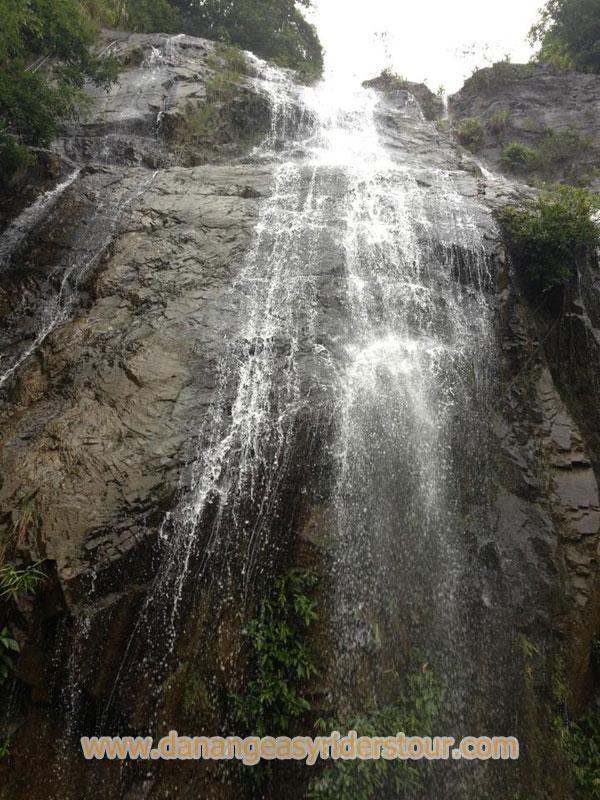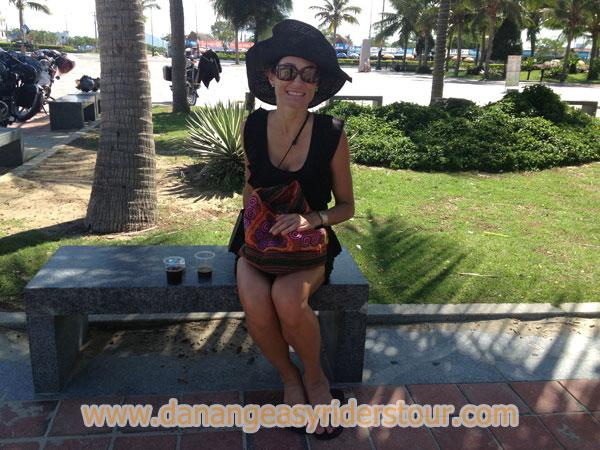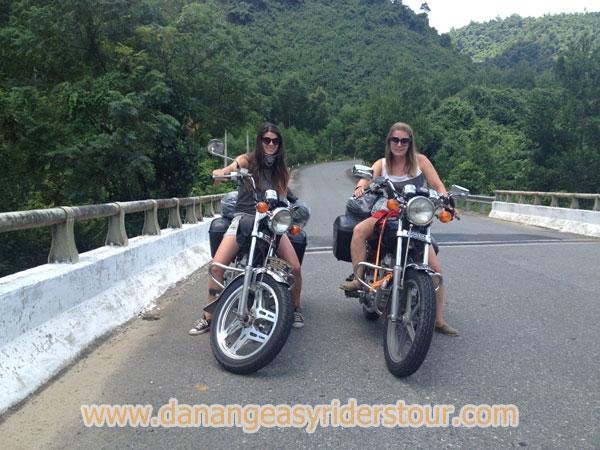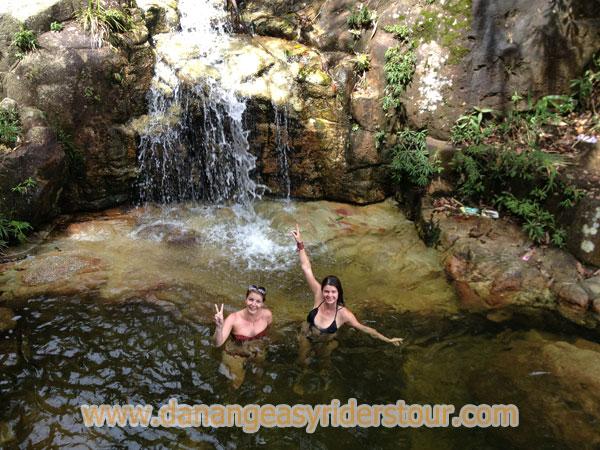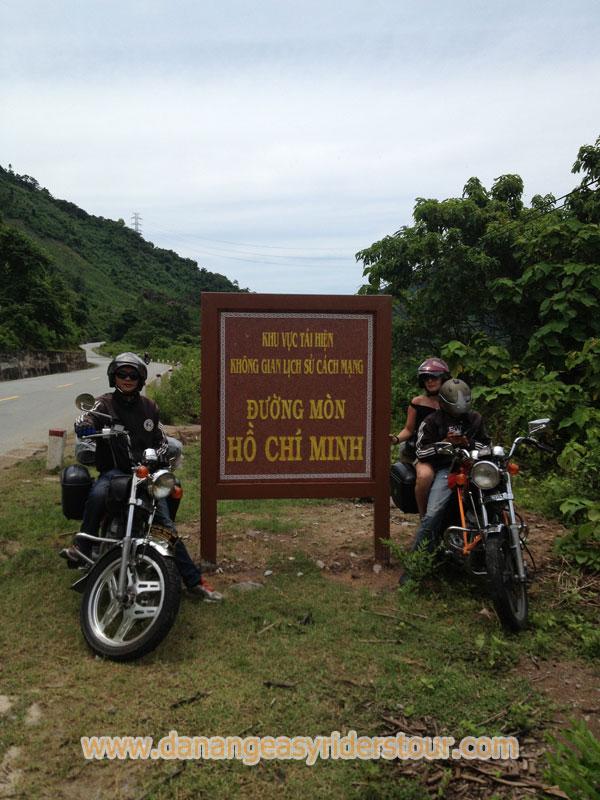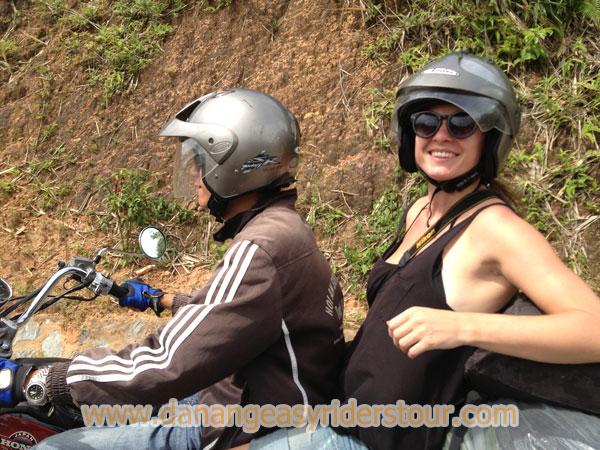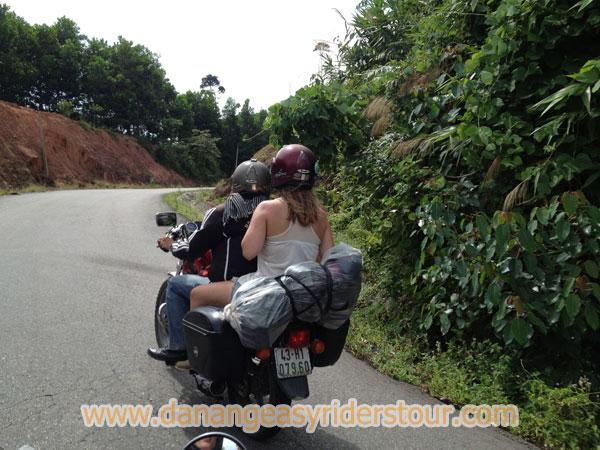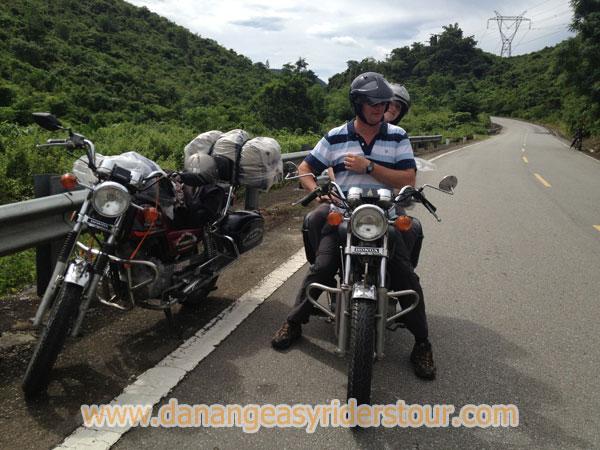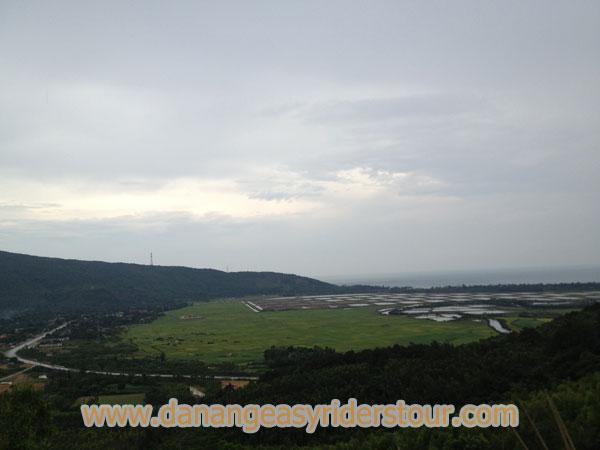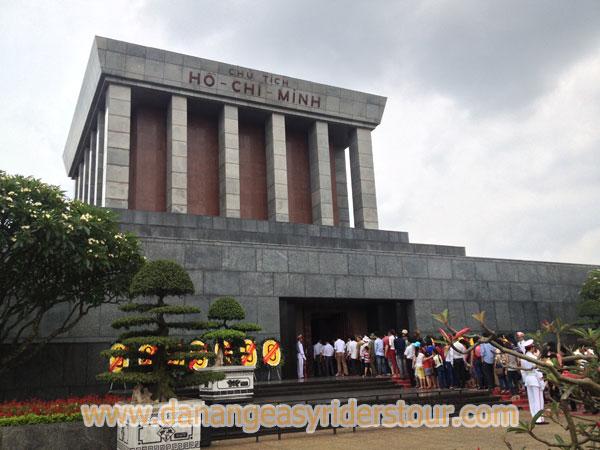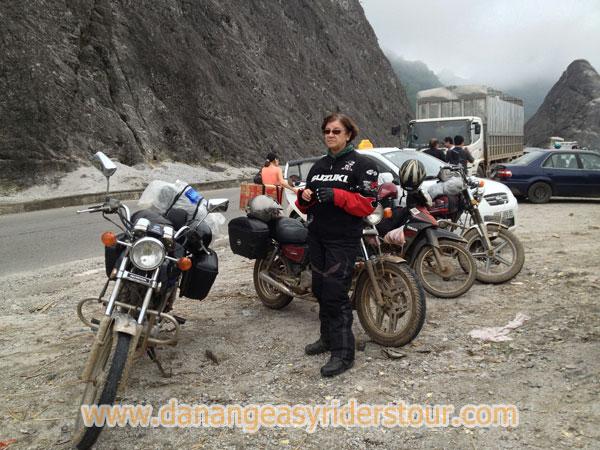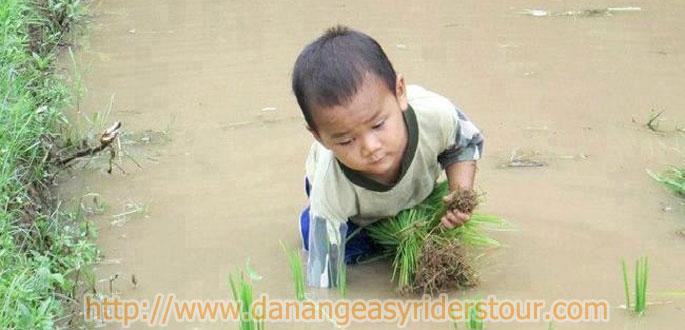
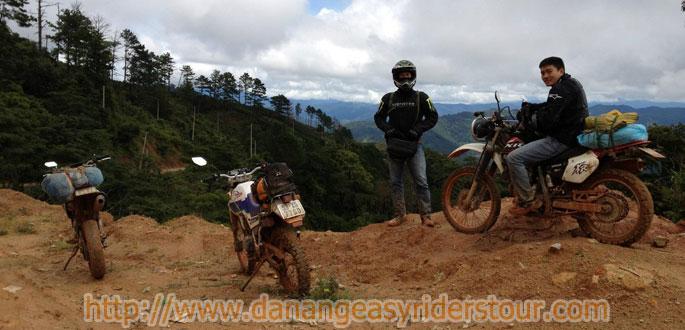
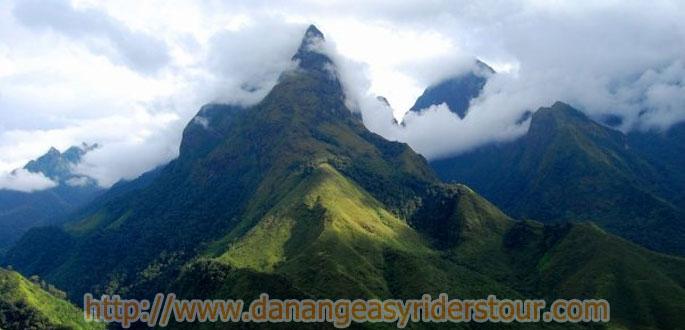
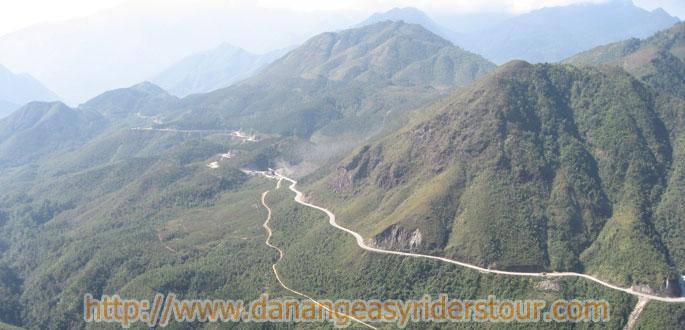





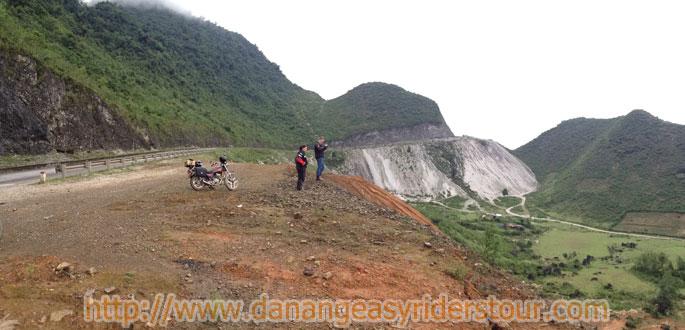
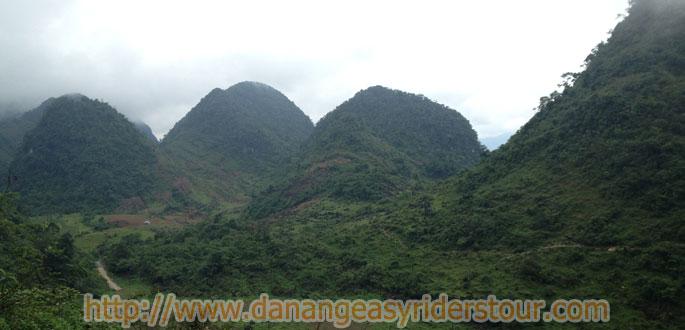
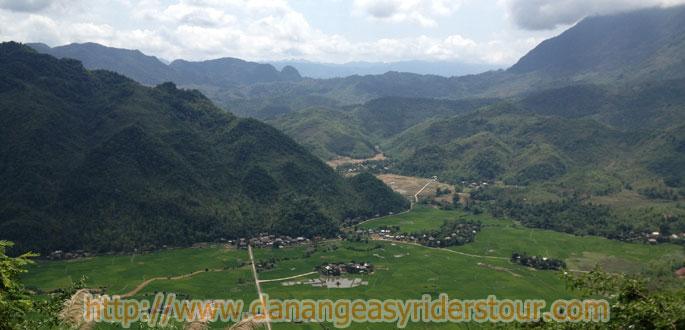
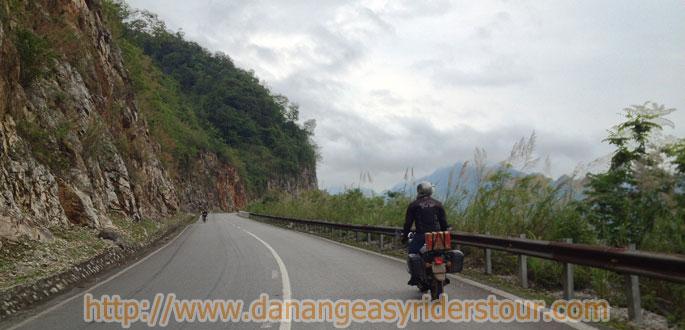
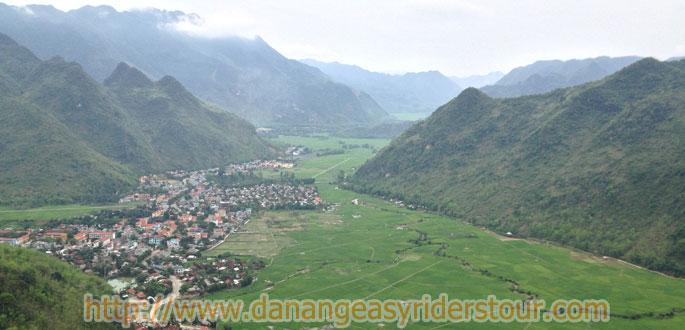

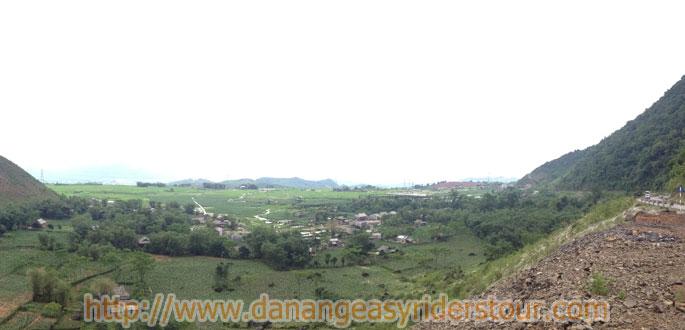
|
Heritage
Tra Vinh
Boasting more than 140 Khmer temples scattered about the province, Tra Vinh is a quiet place for exploring the Mekong’s little-touted Khmer connection. The town itself is fairly quiet and sees little tourist traffic, owing to its somewhat isolated location on a peninsula. Getting there is a straight up and back trip, because no car ferries cross the rivers here (motorbikes can be ferried by small boats). About 300, 000 ethnic Khmer live in Tra Vinh province. At first glance they might seem to be an invisible minority since they all speak fluent Vietnamese and there’s nothing outwardly distinguishing about their clothing or lifestyle. However, digging a little deeper quickly reveals that Khmer culture is alive and well in this part of Vietnam. Many of its numerous pagodas have schools to teach the Khmer language – many Tra Vinh locals can read and write Khmer at least as well as Vietnamese.
Vietnam’s Khmer minority are almost all followers of Theravada Buddhism. If you’ve visited monasteries in Cambodia, you may have observed that Khmer monks are not involved in growing food and rely on donations from the strictly religious locals. Here in Tra Vinh, Vietnamese guides will proudly point out the monks’ rice harvest as one of the accomplishments of liberation. To the Vietnamese government, nonworking monks were seen as parasites. The Khmers don’t necessarily see it the same way and continue to donate funds to the monasteries surreptitiously.
Between the ages of 15 and 20, most boys set aside a few months or years to live as monks (they decide themselves on the length of service). Khmer monks are allowed to eat meat, although they cannot kill animals.
Go Back
|





